All explainers
Explainer
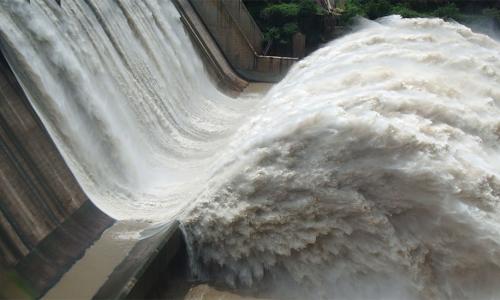
How Hydroelectric Energy Works
Learn how moving water is converted into electricity in this comprehensive overview, including a discussion of the hydropower resource, its environmental and societal impacts, and the potential for future expansion of hydroelectic energy.
Explainer
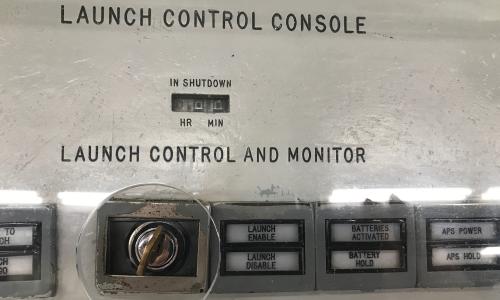
What is Hair-Trigger Alert?
Hundreds of US nuclear warheads are kept ready to launch within minutes—making us less safe, not safer.
Explainer
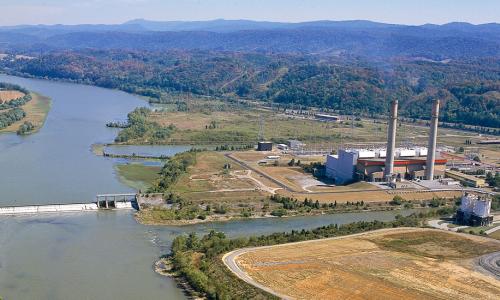
Water for Coal
Coal-fired power plants, which produce a significant share of US electricity, have significant impacts on water quantity and quality.
Explainer

Legal Harassment of Climate Scientist Michael Mann
A summary of Virginia Attorney General Ken Cuccinelli's misguided investigation of respected climate scientist Michael Mann.
Explainer

Food Systems 101
How does local food move from the fields to the table?
Explainer
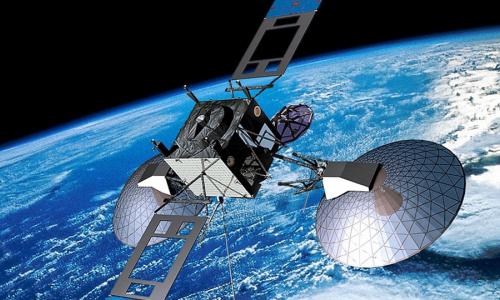
Space Security
Smart planning and thoughtful safeguarding—not weaponization—will protect US interests in space.
Explainer
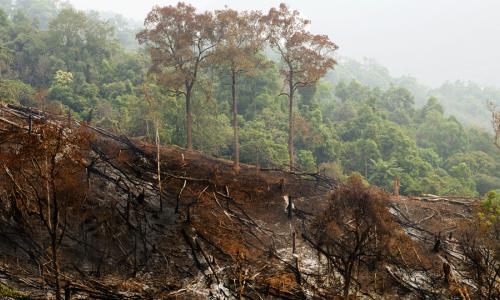
Global Warming Solutions: Stop Deforestation
Tropical deforestation accounts for about 10 percent of the world’s global warming emissions.
Explainer

Ten Reasons to Reduce Tropical Deforestation
Tropical deforestation accounts for about 10 percent of the world's global warming pollution. Here are ten reasons why protecting tropical forests is in the United States' best interest.
Explainer

Map of California Renewable Energy Projects
Locations and information for California renewable energy projects, including wind, solar, biomass, and geothermal energy.
Explainer
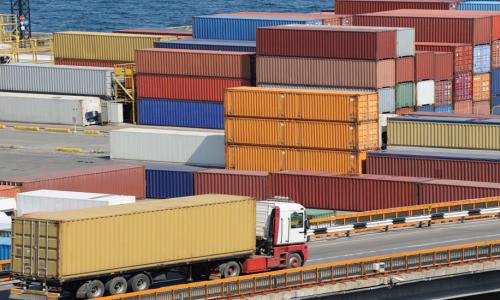
Cleaning Up California’s Freight System
California’s freight system is an integral part of the US economy—but it needs modernization.
Explainer

Heavy-Duty Truck Fuel Efficiency
Heavy-duty trucks make up 7 percent of all vehicles on US highways, yet consume more than 25 percent of the oil.
Explainer
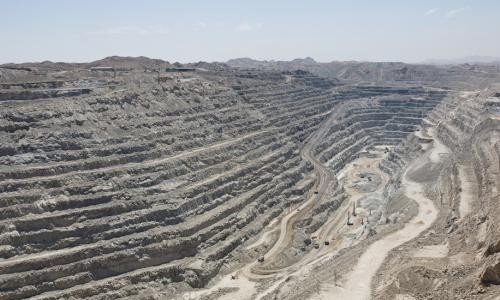
How Nuclear Power Works
At a basic level, nuclear power is the practice of splitting atoms to boil water, turn turbines, and generate electricity.